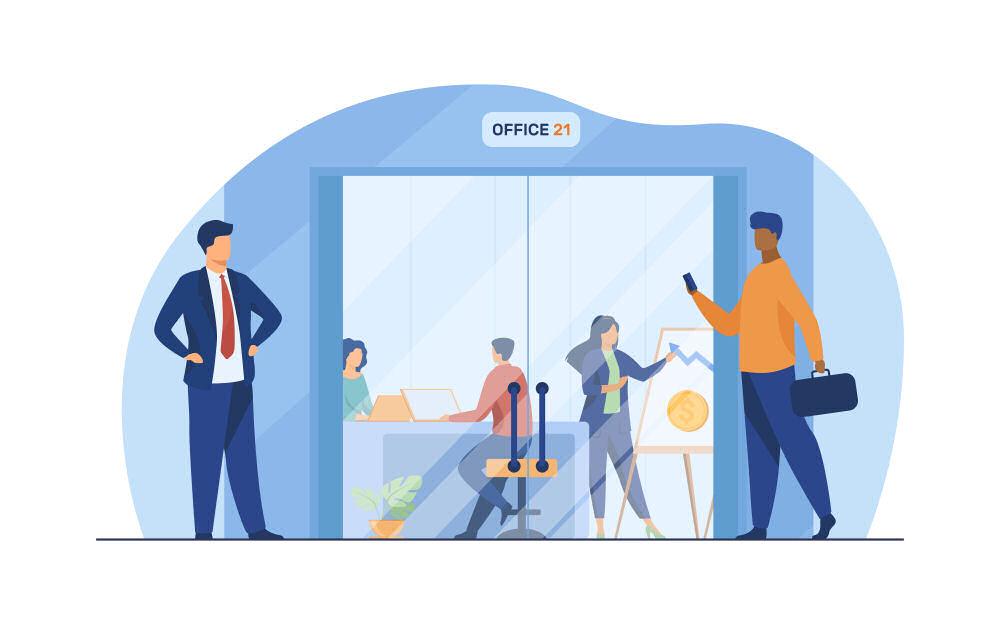Guide to good office etiquette
Our Guide to Good Office Etiquette provides essential insights, promoting a positive work environment by outlining respectful and professional behaviour expectations in the workplace.
5 mins
What is a Guide to good office etiquette?
This Guide to Good Office Etiquette offers a concise resource to cultivate a professional and harmonious workplace environment.
This guide outlines key principles of etiquette, covering communication, workspace etiquette, and collaborative practices. I
ts purpose is to enhance workplace culture, foster positive relationships, and promote a respectful and inclusive atmosphere among colleagues, ultimately contributing to a more productive and enjoyable work environment.
As part of onboarding, or as and when required
The Employer (you) to the Employee
Great Britain & NI (United Kingdom), Worldwide
What legislation or best practices underpin this template / should I be aware of?
-
Equality Act 2010: Guides good office etiquette by ensuring fair and equal treatment, preventing discrimination based on protected characteristics.
-
Health and Safety at Work Act 1974: Encourages a safe and respectful office environment, fostering good etiquette to ensure the health and well-being of employees.
-
Data Protection Act 2018 (incorporating GDPR): Mandates the handling of personal data in accordance with data protection principles, reinforcing privacy etiquette.
-
Employment Contracts and Policies: Internal policies derived from employment contracts may outline specific expectations regarding office etiquette.
-
Common Law Duty of Mutual Trust and Confidence: Establishes an implied duty in employment contracts, encouraging positive workplace relationships and respectful behaviour.
Other territories
Refer to your local employment legislation / labor laws to support the execution of the template. Review the wording for local accuracy.
Guide to good office etiquette
Maintaining good office etiquette is essential for creating a positive and productive work environment. Here's a guide to help you navigate the professional landscape with courtesy and consideration:
1. Punctuality:
-
Arrive on time for work, meetings, and appointments.
-
Notify colleagues if you anticipate being late or unable to attend a scheduled meeting.
2. Communication:
-
Use professional language in all written and verbal communication.
-
Respond promptly to emails and messages.
-
Avoid interrupting colleagues during conversations.
3. Respect for Workspace:
-
Keep your workspace tidy and organised.
-
Respect shared spaces, and be mindful of noise levels.
-
Personalise your workspace with discretion.
4. Meeting Etiquette:
-
Come prepared with necessary materials for meetings.
-
Be attentive, avoid side conversations, and silence electronic devices.
-
Contribute constructively to discussions.
5. Dress Code:
-
Adhere to the company's dress code policy.
-
Dress appropriately for the nature of your work and any scheduled meetings.
6. Confidentiality:
-
Respect confidentiality agreements and avoid discussing sensitive information inappropriately.
-
Use discretion when handling sensitive documents or information.
7. Team Collaboration:
-
Foster a collaborative environment by sharing knowledge and ideas.
-
Be open to feedback and constructive criticism.
-
Offer assistance to colleagues when they seem overwhelmed.
8. Use of Technology:
-
Be mindful of personal use of electronic devices during work hours.
-
Use company technology resources responsibly.
-
Practice good cybersecurity habits to protect sensitive information.
9. Office Facilities:
-
Follow proper etiquette in shared facilities, such as kitchens and restrooms.
-
Report maintenance issues promptly.
-
Respect others' personal belongings in shared spaces.
10. Gratitude and Recognition:
-
Express gratitude for assistance or collaboration.
-
Recognise and acknowledge the achievements of colleagues.
11. Office Events:
-
Attend office events when possible to foster team spirit.
-
Follow any guidelines or rules established for office gatherings.
12. Conflict Resolution:
-
Address conflicts professionally and seek resolution through appropriate channels.
-
Maintain a positive and solution-oriented attitude.
Adhering to these office etiquette guidelines contributes to a harmonious workplace and helps create a culture of professionalism and mutual respect. Keep in mind that each workplace may have specific rules and expectations, so it's essential to adapt these general guidelines to your company's culture.

- It's easily editable and implementable, saving you time and money
- It's designed by CIPD accedited Chartered HR practitioners with operational experience in this area
- You will maintain compliance with ACAS guidelines, legislation, and industry best practices
- Email notifications for any updates made to this template or its accompanying materials
- 12 months of unrestricted access without any additional costs (any update in that period is free to you)
- A 25% discount on all library, toolkit, and template purchases/renewals




